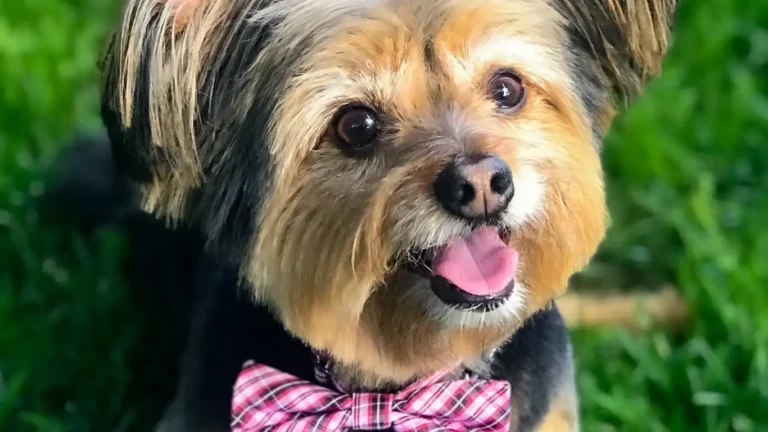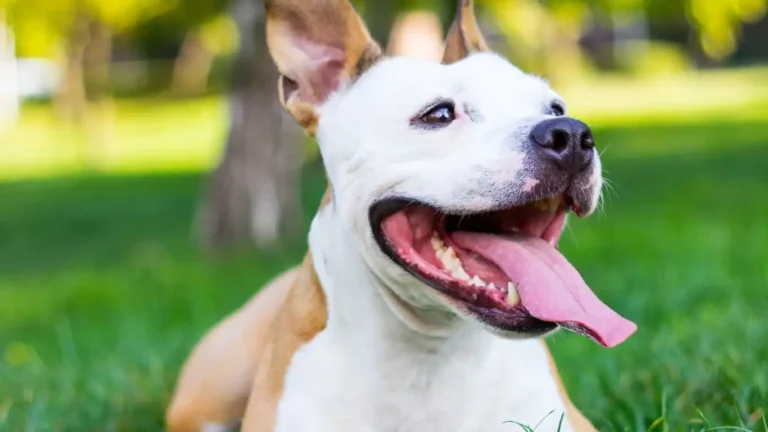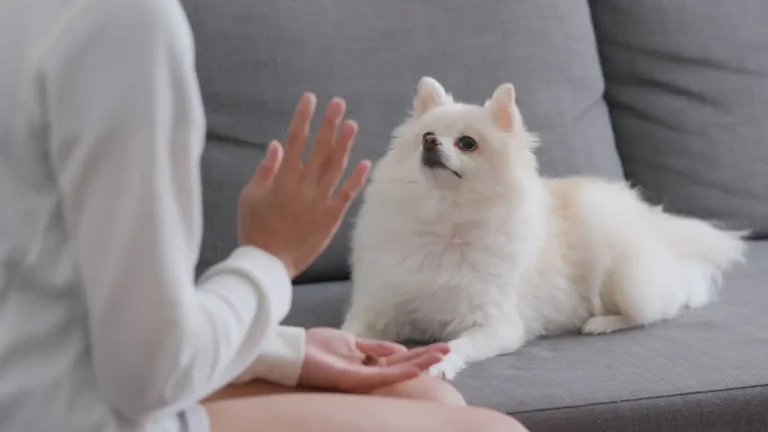Struggling with Handling? How to Train Your Dog to Stay Calm
If you’ve ever found yourself chasing your dog around the house with a pair of nail clippers or struggling to clean their ears without a mini wrestling match, you’re definitely not alone. As a Veterinary Technician and Nutrition Specialist, I’ve seen firsthand how crucial it is to know how to train your dog to accept handling. Trust me, it’s not just about making vet visits less stressful—it’s also about building trust and communication with your pup. And yes, I’ve had my share of fur-flying battles, too.
Why Handling Training is a Game-Changer for You and Your Dog

When we talk about “handling,” we’re referring to all the ways we physically interact with our dogs—touching their paws, ears, tail, mouth, and more. These interactions are part of everyday life, from grooming to administering medications. If your dog isn’t comfortable with this, it can turn even basic care into a high-stress ordeal for both of you.
Training your dog to tolerate, or even enjoy, being handled isn’t just a cute trick. It’s an essential life skill. And while it sounds like a big undertaking, it really just comes down to consistency, positive reinforcement, and timing. Honestly, I’ve worked with dogs who went from growling at the sight of a brush to hopping into my lap, tail wagging, for grooming time. It’s all about building positive associations.
Start with the Basics: Building Trust Through Touch
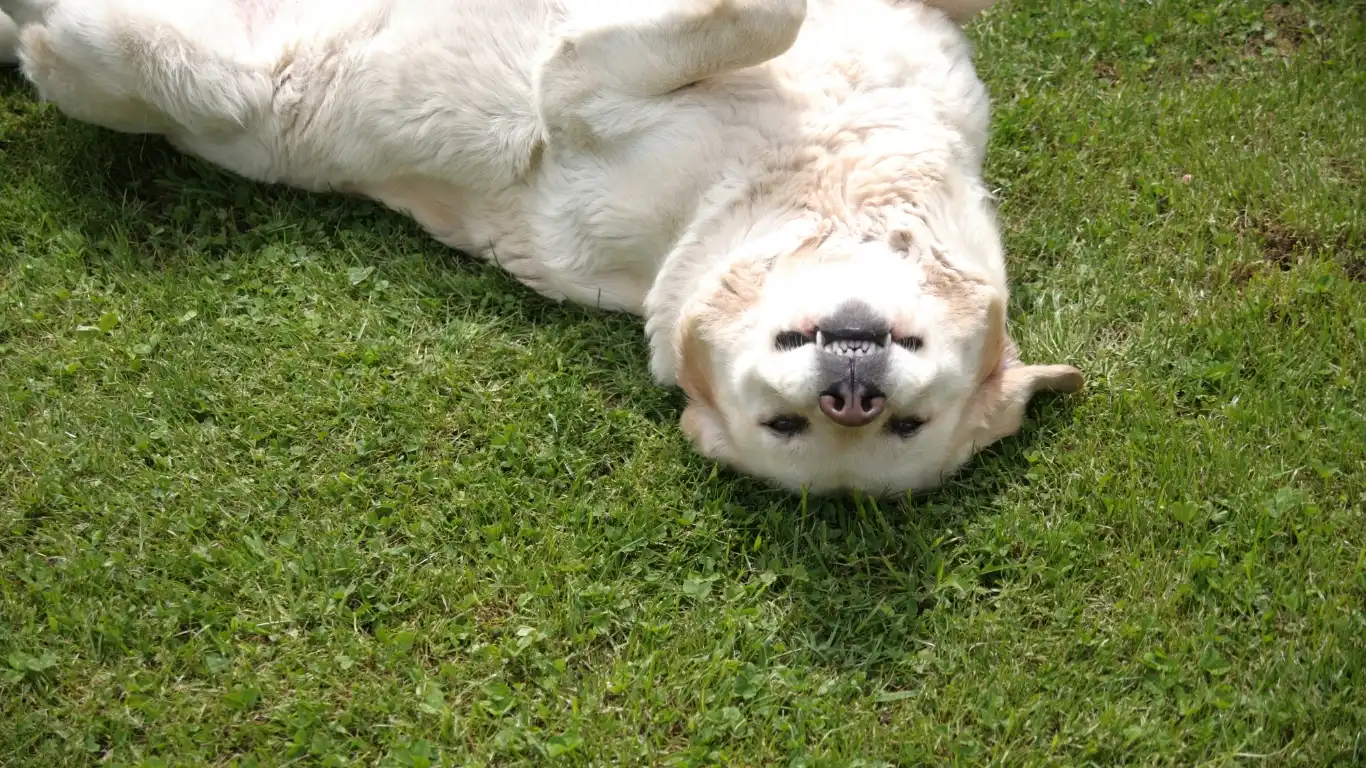
Slow and Steady Wins the Race
Most dogs don’t automatically love being touched all over—especially in more sensitive areas like their paws, ears, or mouth. Start slow. The key is desensitization. Let your dog get used to being touched in a relaxed setting. Think of it like dipping a toe in the water before diving in.
- Begin with areas your dog already likes—like their shoulders or chest.
- Gradually work toward more sensitive spots, rewarding with treats and praise.
- Keep sessions short and sweet—no need to push your pup to the point of discomfort.
I used to work with a senior Golden Retriever named Max who absolutely hated having his ears cleaned. We took baby steps—just touching near his ear and giving him a treat. Over a few weeks, he went from flinching to sitting calmly through a full cleaning. Patience really paid off.
Read the Room (or, Your Dog)
This one’s big. Learn your dog’s body language. If they’re yawning, turning their head away, licking their lips, or tensing up, those are signs they’re not loving what’s happening. Pushing through will only set you back. Instead, pause and try again later with more encouragement and smaller steps.
Make Handling Time = Happy Time
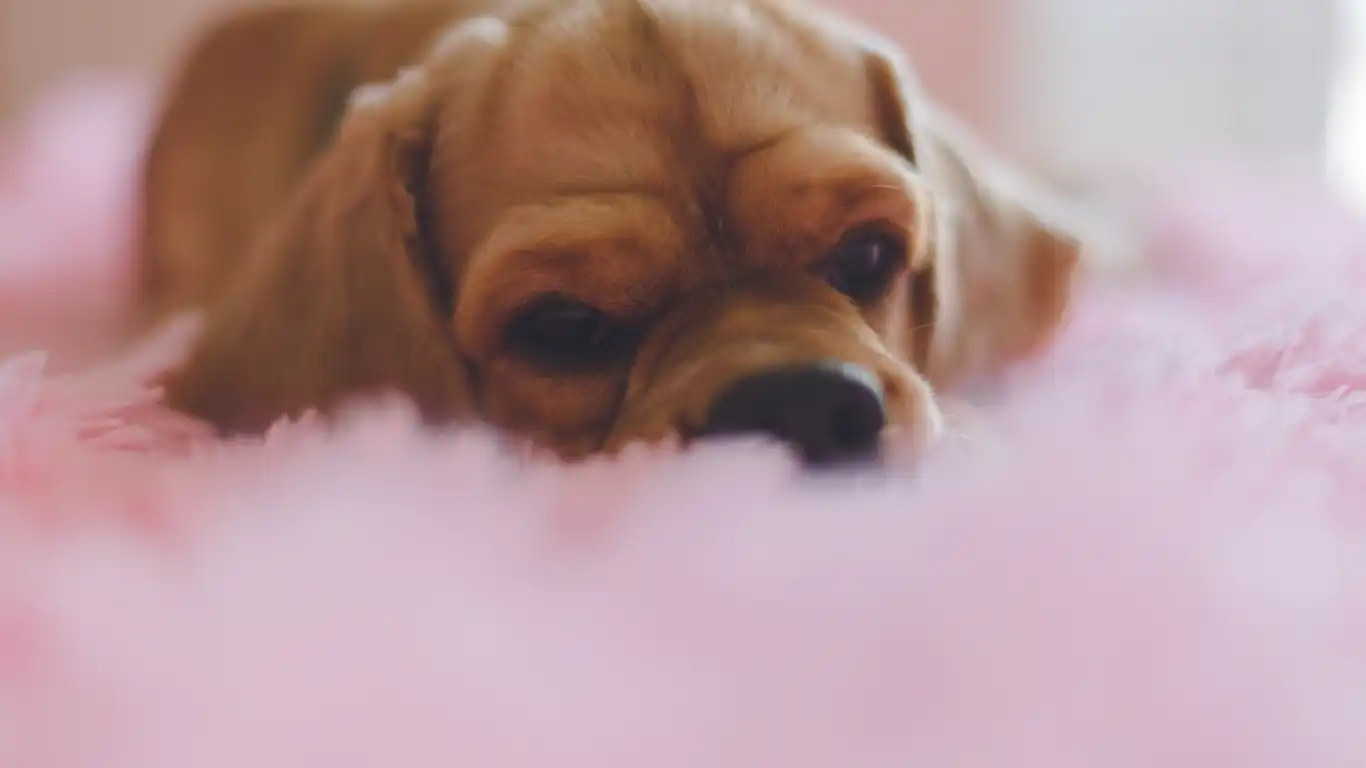
Use Treats, Toys, and Tons of Praise
Positive reinforcement is your best friend. When your dog lets you touch their paw or look in their mouth without fussing, reward them like they just found the cure for the Monday blues. Some of my go-to tricks include:
- Using high-value treats (think freeze-dried liver or cheese bits) during and after handling.
- Offering their favorite toy immediately after a successful touch.
- Using a happy, excited tone to praise like you mean it.
Dogs are quick to associate good things with actions. Make sure handling is never a “gotcha” moment. If the only time you touch your dog’s paws is to clip their nails, guess what—they’re going to run for the hills every time you reach for their feet.
Consistency is Key
Like with anything else in training, consistency matters. Practice a little bit each day. You don’t have to set aside an hour—just five minutes here and there makes a world of difference. Turn it into a fun daily routine. Brushing teeth? Give a treat. Cleaning ears? Follow it with playtime. Pretty soon, your dog will think of these activities as no big deal—or even something to look forward to.
Practicing Vet-Style Handling at Home
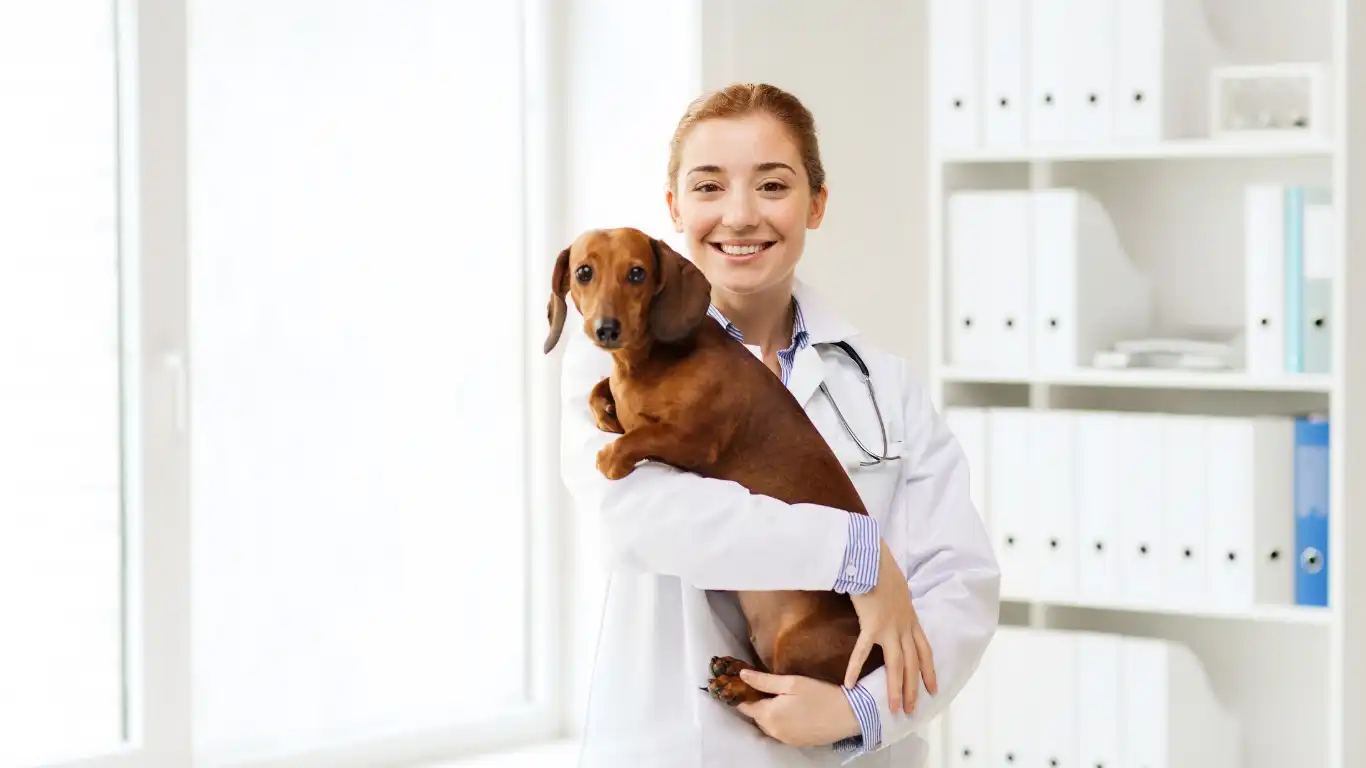
One of the most common reasons dogs freak out at the vet is simply because they’re not used to being touched in certain ways. And let’s be real—vet exams can feel weird and intrusive to a dog who’s never experienced that type of handling before. That’s why I always recommend getting your pup comfy with “mock vet exams” at home. It’s a total game-changer.
Here’s how I’ve coached pet parents over the years to simulate a stress-free exam at home:
- Gently lift your dog’s lips and check their teeth.
- Look inside each ear, maybe give it a light touch or pretend to clean it with a cotton ball.
- Run your hands down their legs and gently squeeze their paws.
- Lift their tail slightly and touch around the base.
Don’t forget to reward them for every step they handle calmly! I used to do this with a rescue dog named Benny who was terrified of the vet. Within a couple of months of daily handling, he could breeze through check-ups like a pro. His new vet was amazed!
Handling Puppies Early = Lifelong Confidence
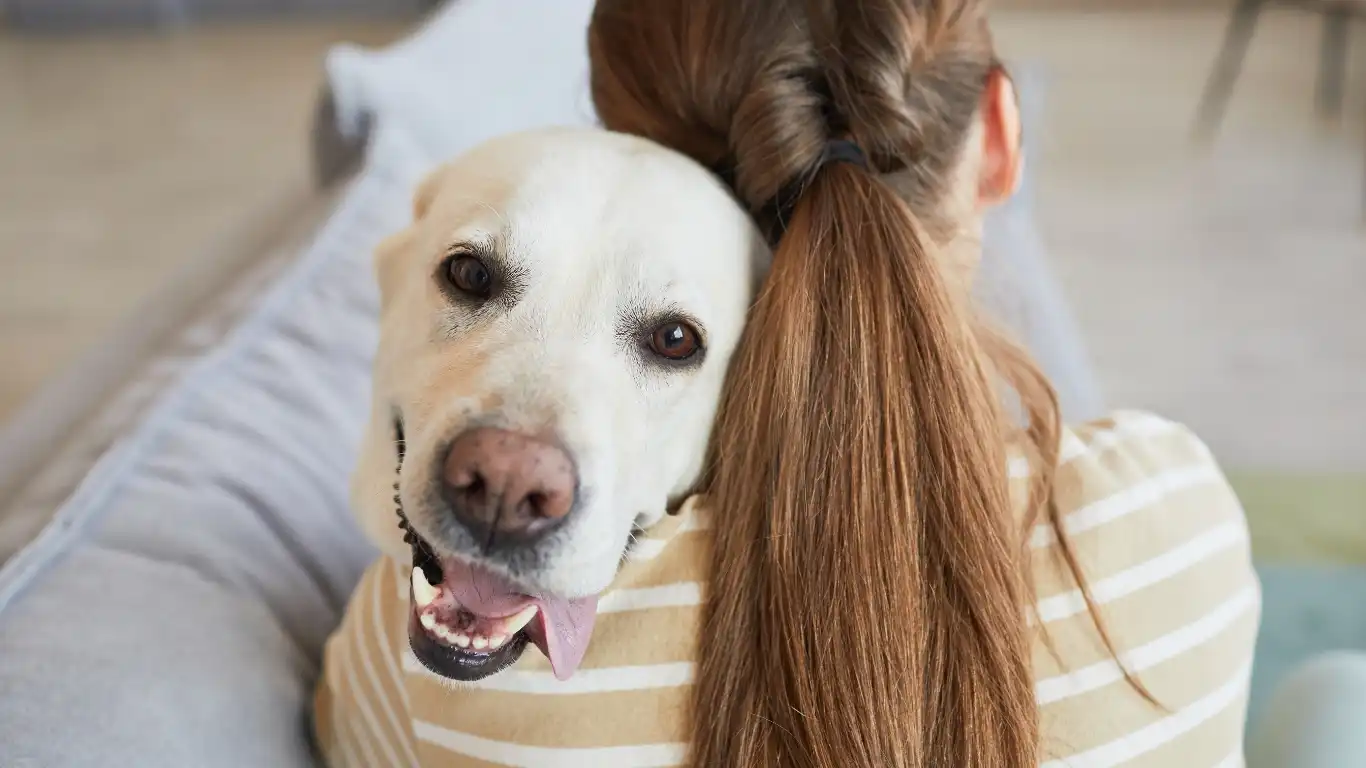
Okay, if you’re reading this and you’ve got a puppy—this is your golden window. Puppies are little sponges. Teaching them how to train your dog to accept handling from the get-go sets them up for a lifetime of stress-free care. Seriously, I can’t stress this enough. The earlier, the better.
What to Focus on With Puppies
- Touch their ears, paws, tail, and belly daily.
- Let them hear common grooming sounds like nail clippers, toothbrushes, or electric trimmers—without actually using them yet.
- Introduce tools slowly. Let them sniff the brush, lick the toothbrush, paw at the clippers. Curiosity builds comfort.
Back when I worked at a clinic that offered puppy socialization classes, I used to demonstrate “touch and treat” routines with a goofy little Lab named Pickles. His mom practiced daily, and by 6 months old, he was letting me trim his nails like a seasoned show dog. That kind of early exposure really sticks.
Make It a Game
Turn handling into a game. Hide treats under your pup’s paws, or hold a soft chew while you lift each leg gently. Use silly voices, give praise like they just saved the planet—make it fun, and you’ll both look forward to it.
Dealing With Dogs Who’ve Had Negative Experiences
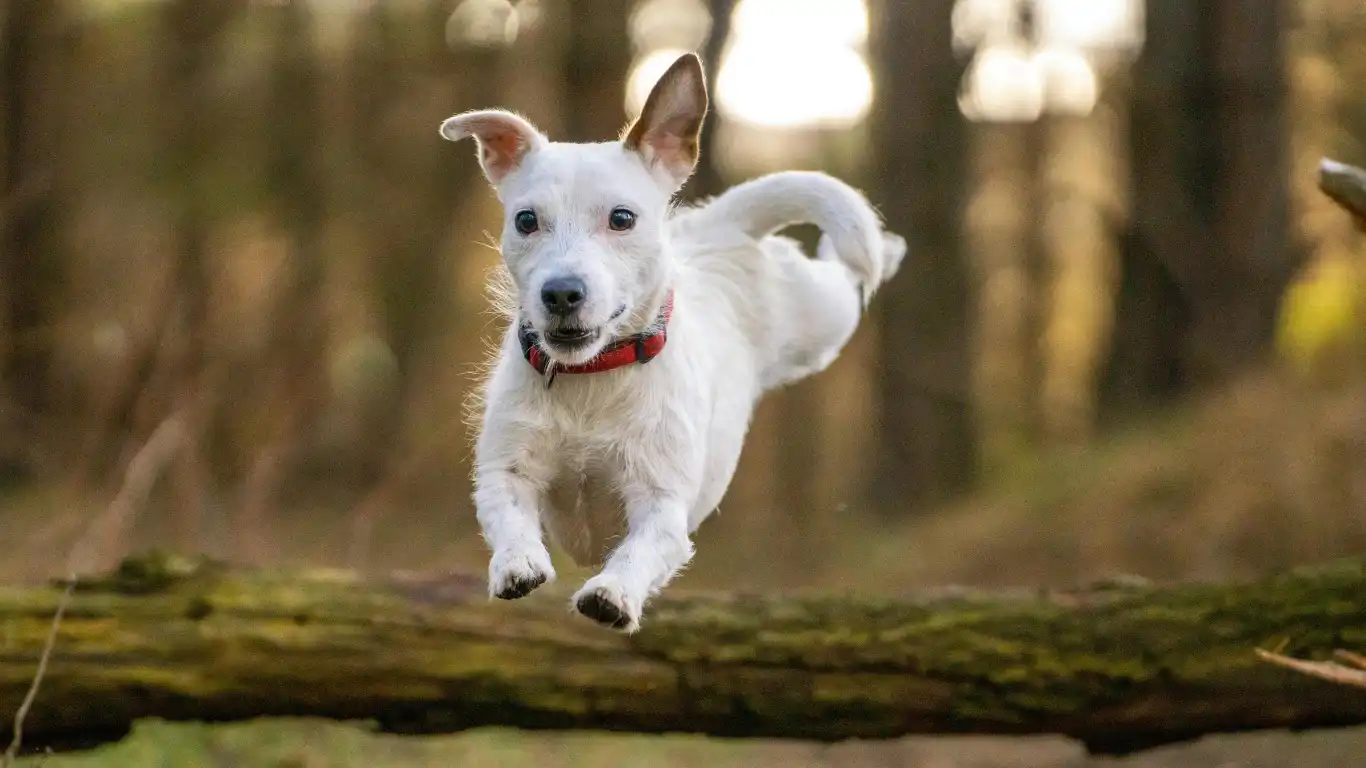
Now, what if your dog already has handling issues? Maybe they’ve had a bad experience at the groomer or associate touch with pain. First off, don’t feel bad—this is more common than you think, and it doesn’t mean you’ve failed. It just means you’ll need to approach training a little more mindfully.
Start Over With a Clean Slate
For these pups, it’s important to go back to square one. That might mean doing nothing but petting them gently for a few days and pairing each session with really tasty treats. No tools, no pressure. Just building trust.
Then, move forward inch by inch. I once worked with a little terrier named Luna who had a traumatic experience with grooming. It took weeks before we could even touch her paws without trembling. But by pairing every step with calm energy and her favorite peanut butter spoon, we made slow but steady progress.
Work With a Pro When Needed
If your dog shows signs of fear or aggression, it’s totally okay—and sometimes necessary—to reach out to a certified trainer or behaviorist. Look for someone who uses positive reinforcement-based methods and has experience with handling sensitivity. It’s worth the investment, trust me.
Also, don’t underestimate the power of talking to your vet or vet tech (hey, like me!). We’re more than happy to guide you, demo proper techniques, or just offer a few tricks we’ve seen work wonders over the years.
Using Tools to Your Advantage
Sometimes, the right tool can make handling easier on both of you. Here are a few that have helped me time and time again:
- LickiMats or treat-dispensing toys: Great for distracting dogs during grooming or brushing sessions.
- Non-slip mats: Keeps dogs stable on slick surfaces like bathroom floors or exam tables.
- Soft grooming brushes: Gentle tools can ease dogs into brushing, especially those with sensitive skin.
One of my favorite clinic hacks was using a smear of canned food on the wall during nail trims. Even nervous dogs would zone in on the snack, letting us clip a few nails without drama. It sounds simple, but these little tricks add up to major wins.
Gradual Exposure Builds Lifelong Comfort
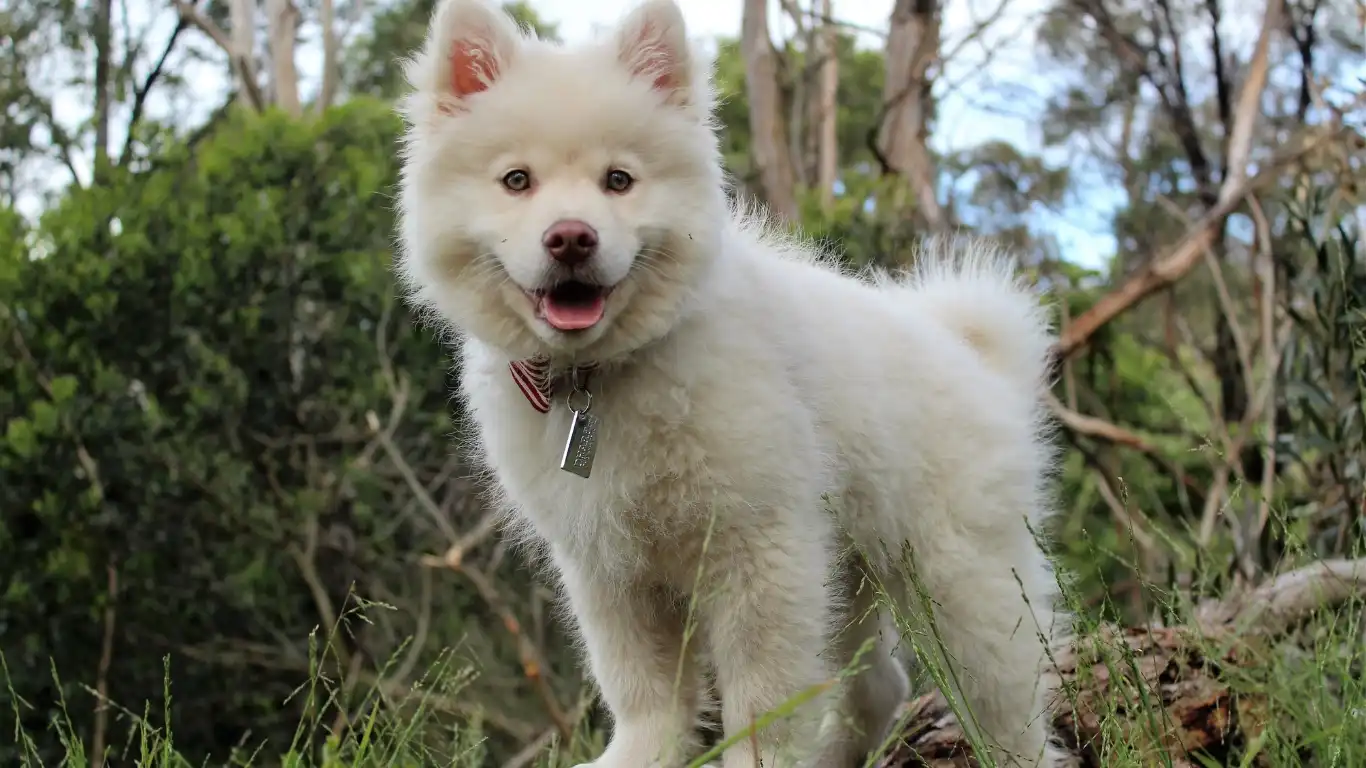
At this point, your dog is likely more comfortable with basic handling, but the work doesn’t stop there. One of the biggest mistakes I see as a Vet Tech is people thinking, “Great! My dog let me clean his ears once—we’re done!” Not so fast. Just like any skill, this needs to be reinforced. Consistent, low-pressure exposure is key to making this stick for life.
In my own experience, the dogs who get regular, relaxed handling—even when it’s not “necessary”—are the ones who take vet visits and grooming like total champs. I used to keep a routine with my senior dog, Molly, where I’d do a 5-minute head-to-tail check every few days. No tools, no agenda. Just some petting with a purpose and a few cookies. She was a rockstar in every exam room because this wasn’t new or scary to her.
Rotate Your Handling Focus
To keep things fresh and non-overwhelming, focus on a different area each day. For example:
- Monday: Paws and nails
- Tuesday: Ears and eyes
- Wednesday: Mouth and teeth
- Thursday: Belly and tail
- Friday: Brushing or coat check
This bite-sized approach makes handling feel casual—not clinical. And the more you mix it in with normal life, the more natural it becomes for your pup.
Stay Calm, Even When They’re Not

Here’s a little truth bomb: Dogs mirror our energy. If we’re tense, rushed, or frustrated, they feel that. I’ve had dogs who were on the edge of panic suddenly relax when I slowed down my movements, lowered my voice, and just breathed with them. Seriously—it makes a difference.
Before each handling session, check in with yourself. Are you feeling patient? Calm? If not, wait until you are. Your dog deserves that energy, especially when you’re working on something that might feel vulnerable or scary for them.
Celebrate Progress—Even the Small Wins
This part is close to my heart. As someone who’s helped hundreds of dogs become handling pros, I’ve learned to cheer for every little step. Your dog let you touch one paw without pulling back? That’s a win. They sniffed the toothbrush instead of backing away? Huge progress.
Don’t compare your journey to anyone else’s. Every dog learns at their own pace, and some may need more reassurance than others. What matters most is that you’re building trust and strengthening your bond every time you try.
Extra Tips for a Smooth Handling Journey
- Choose the right time: After a walk or play session, when your dog is a bit tired, is ideal for practice.
- Keep sessions short: Two to five minutes is plenty in the beginning.
- Watch for stress signals: Yawning, lip licking, and turning away are signs to slow down or pause.
- End on a positive note: Always finish with something your dog enjoys, like playtime or a special treat.
Also, if your dog is really food-motivated, keep a small stash of training treats nearby during handling sessions. That way, you can mark good behavior instantly—like “yes!” and treat. It helps create a crystal-clear connection between calm behavior and good things happening.
References
- American Veterinary Medical Association (AVMA)
- American Society for the Prevention of Cruelty to Animals (ASPCA)
- Fear Free Pets
- Veterinary Partner
Disclaimer
This article is based on my personal experience as a Veterinary Technician with a specialization in nutrition and behavior support, as well as current best practices in the veterinary field. It is not intended to replace professional veterinary advice. Always consult with your veterinarian or a certified dog trainer when addressing behavioral or medical concerns with your pet.
